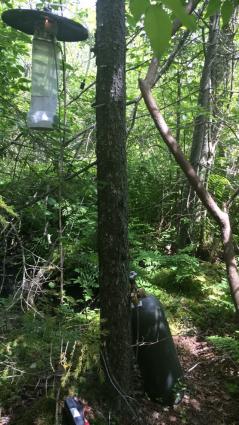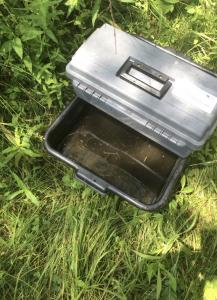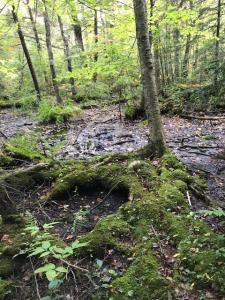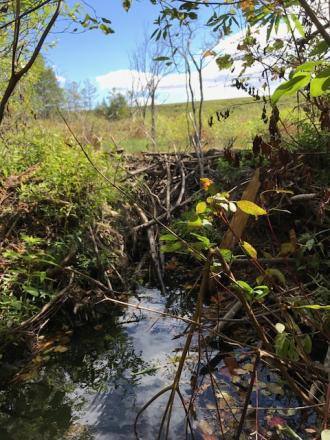Services
 Integrated Pest Management
Integrated Pest Management
Berkshire County Mosquito Control Project (BCMCP) utilizes Integrated Pest Management (IPM) techniques to control populations of mosquitoes, while remaining sensitive to the environment. IPM uses the combination of mechanical and biological controls to target mosquitoes at each stage of their life cycle - to prevent disease transmission, intolerable annoyance, or virus amplification.
Any IPM program is composed of the following four basic components:
- mapping
- surveillance
- treatment
- monitoring for efficacy

 1.) Mapping
1.) Mapping
Mapping is the foundation for BCMCP IPM program for mosquitoes. Areas of standing water are surveyed for the presence of larval development. If larvae are detected, information relative to the site characteristics, population, and larval stages of development are recorded in our field computer. This information is included in the GIS mapping system, which is a database of all identified mosquito breeding sites, larval identification, and treatment information.
2.) Surveillance
BCMCP uses the framework of the GIS mapping system to monitor breeding sites on a weekly basis. Larvae are identified through direct water sampling and information on the quantity and their life stage(s) is recorded into the field computer in real time. Another component of surveillance is adult trapping, which is used to monitor population size and the number of mosquito species that are present. Adult mosquito samples are also collected to test for the presence of West Nile Virus and Eastern Equine Encephalitis.
 3.) Treatment
3.) Treatment
Mosquitoes only develop in standing water, if the standing water is reduced or removed, so is the mosquito population. Source reduction can be accomplished through a variety of methods. The method used depends on the source of the problem. Physical maintenance of ditches, pipes, and culverts improves water quality and reduces the habitat in which mosquito larvae develop. Public outreach efforts inform people of the importance of artificial containers (tires, buckets, boats) as potential mosquito breeding sites. If source reduction is not possible or successful, larvae in the 1-3 instar stages are treated with BTI (Bacillus thuringiensis, a bacteria) in standing water.
4.) Monitoring for Efficacy
Treatment history and arbovirus surveillance data, as well as adult trapping information are analyzed to determine an appropriate response to developing conditions. This data will also indicate target areas that require more attention to acheive satisfactory control. BCMCP is also participating in the CDC's nationwide program to monitor insecticide resistance in mosquito populations.

